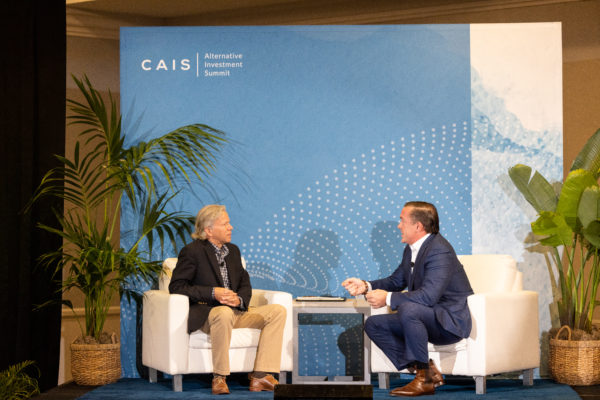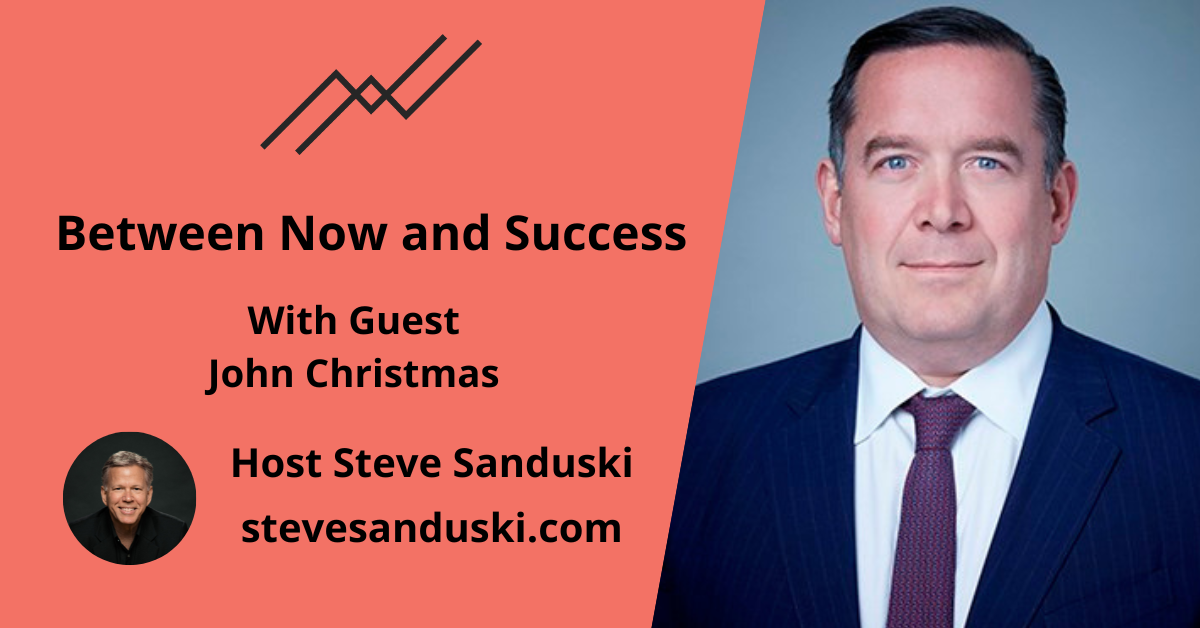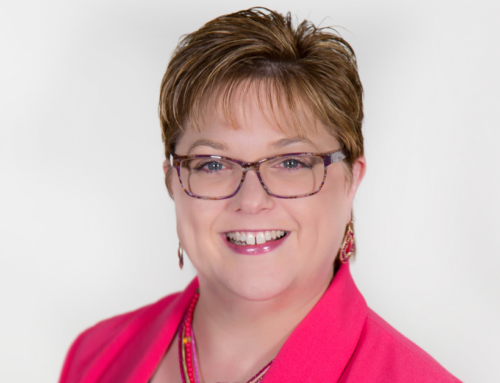John Christmas is Co-Head of Business Development and Investor Relations at HPS Investment Partners, a global investment firm with approximately $92 billion in AUM as of September 2022.
John and I talked about how even as interest rates rise, private credit could provide a reasonable ROI with moderate volatility for clients looking beyond the traditional components of the 40 in the 60/40 portfolio.
“You can’t go to JP Morgan.”
After the Great Financial Crisis of 2008-09, large banks pulled pack on lending to companies and private equity firms that were looking to grow through acquisitions. John says that shift is a big reason why the private credit market has grown from about $300 billion to $1.3 trillion in the last decade.
“The Fed came in and said, ‘We don’t want banks holding $800 million in risk on a single company,'” he explains. “‘That’s an investment we should push on to the end investors.’ And so now what you’ve seen is, you can’t go to JP Morgan and have them lend you $800 million. If you want to borrow anywhere from $20 to $800 million, you’re going to the private credit market.”
Essentially, many firms like John’s are lending to established, well-diversified companies with EBITDA north of $100 million, at floating rates around 9-10% for five-to-six years. John says his firm typically recoups its investment at a profit within three years via refinancing or the company being purchased.
“A different type of risk.”
Of course, if a client wants a higher rate of return, they have to be prepared to assume some higher risk, even in the lower-returning, fixed-income part of their portfolios.

Steve Sanduski, CFP® and John Christmas
“The number one risk is lack of liquidity,” John says. “You can’t sell tomorrow. Generally speaking, private credit has tighter documents and covenants than with the public markets today. So it’s a different type of risk. That’s why we’re excited to be working with CAIS. It’s the first time we’ve had a product which allows for people to get fully invested and have quarterly liquidity, over 40%. Historically, we’ve done this for institutions. What we have with CAIS is a structure, a vehicle, which allows financial advisors to get their clients’ exposure to an institutional-quality private credit firm, with quarterly liquidity, no K-1, monthly distributions of income, generating high single digits.”
For the most part, the private credit space isn’t subject to the same kinds of leveraged lending guidelines that banks are, which gives firms like John’s attractive independence and flexibility as they’re designing products.
But that independence is also a reason why advisors might worry about investing in private credit in this uncertain market environment. There’s no government bailout coming if private credit were to collapse. And that’s one reason why it’s important to focus on position sizing whenever you’re dealing with alternative investments.
John argues that private credit’s diversification insulates it from many of the problems that caused the last correction. “If you look back at ’08-09,” he says, “three industries really went bad: gaming and lodging, publishing, and autos. Other than that, there weren’t a lot of defaults, broadly speaking. We run diversified portfolios. A portfolio might have 400 names in it. It won’t be concentrated in a single sector. You also have to remember that we have money from insurance companies that we hold until these loans are paid back to us. The reason private credit has grown is the Fed wants to shift risk to the end investor, as it should be. We think with our documents, and being 50% loan to value, first lien, it’s a relatively safe place to be.”
“A differentiated approach.”
John said that much of his firm’s capital comes from insurance companies. So why start working with advisors, whose largest clients are still going to write much smaller checks?
Because, as the CAIS Conference made abundantly clear in panel after panel, alternatives are at an exciting crossroads where technological ease, innovation, and demand intersect. Getting on board now can create exciting opportunities for your firm and for your clients.
“If you’re looking for income, if you’re worried about inflation and rising rates, if you’re trying to expose your clients to a sort of steady lack of volatility, I think private credit and non-traded BDCs are a really interesting product,” John says. “We think our differentiated approach of larger companies, non-sponsored, is a great complement to whatever you have in your portfolio and we’re excited to have the conversation.”
Want to view more content from CAIS’ Alternatives Investment Summit? Sign up for their learning platform, CAIS IQ.





